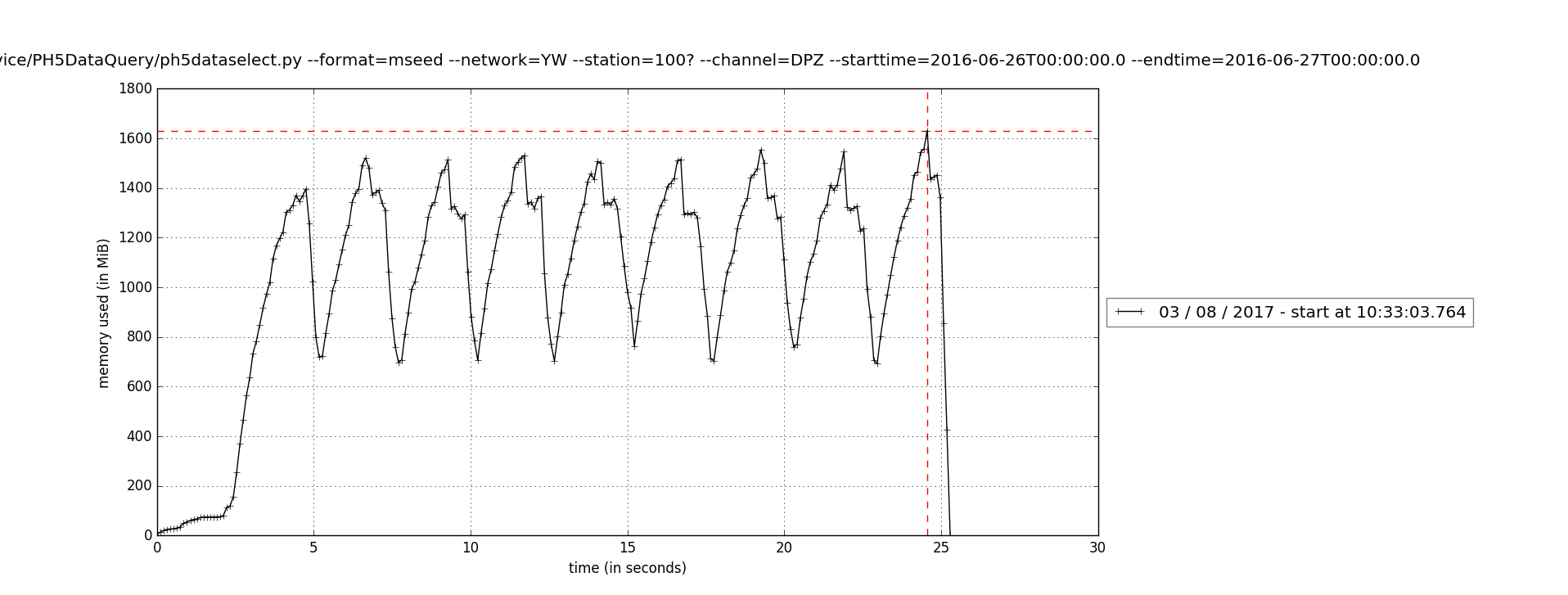Also I'd suggest raising a custom exception when a invalid starttime or endtime is entered, instead of just allowing the code to break.
(venv) falco:apps nick$ python ph5tostationxml.py -n master.ph5 -p /hdf5-data2/PH5_Experiments/pn4/13-005/ --starttime=*
Traceback (most recent call last):
File "ph5tostationxml.py", line 586, in <module>
ph5sxml = PH5toStationXML(args_dict)
File "ph5tostationxml.py", line 187, in __init__
self.args.get('start_time'), "%Y:%j:%H:%M:%S.%f")
File "/System/Library/Frameworks/Python.framework/Versions/2.7/lib/python2.7/_strptime.py", line 325, in _strptime
(data_string, format))
ValueError: time data '*' does not match format '%Y:%j:%H:%M:%S.%f'


